Silo Headspace Safety Concerns
Silo Headspace Safety Concerns
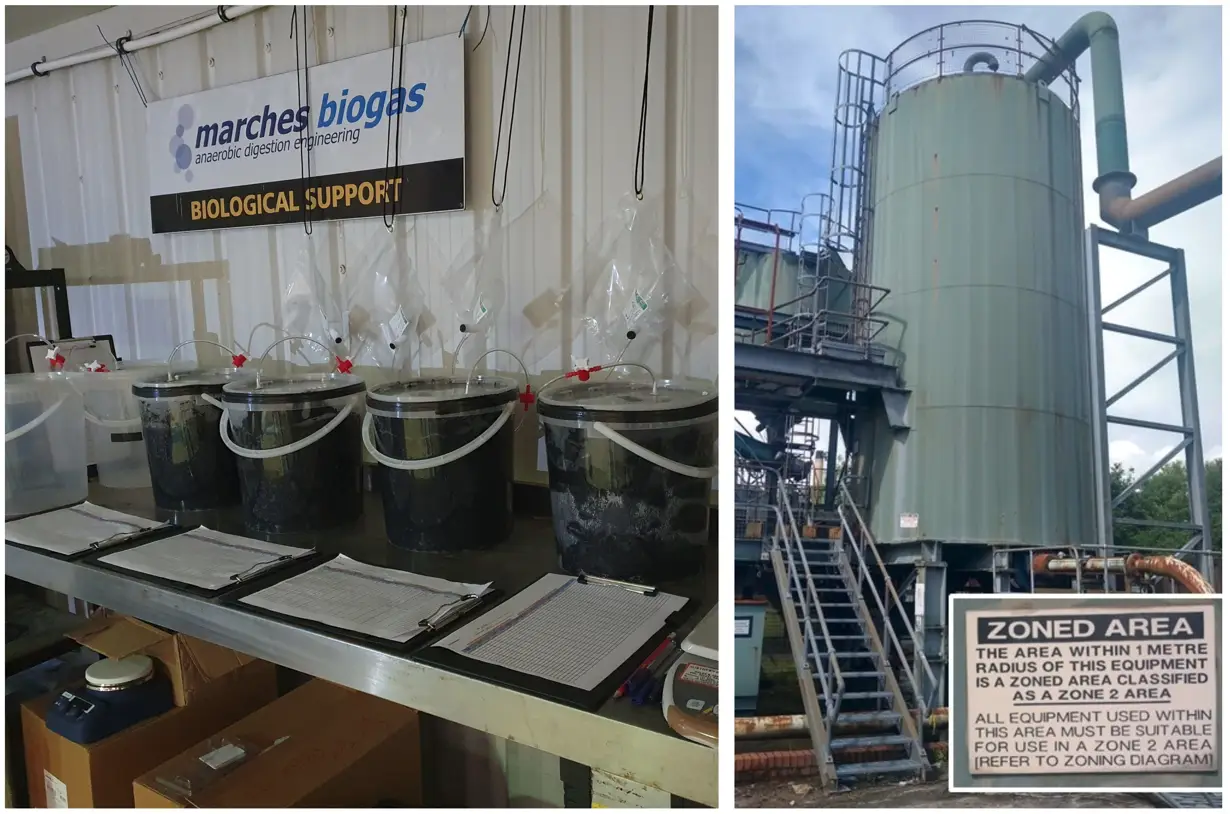
Marches Biogas specialises in anaerobic digestion engineering including gas safety. We have been working with a number of Water Companies to review the safety of their sites with particular focus on the head space of sludge cake silos.
Silo Headspace Analysis
During site visits, our process safety engineers have been very simply lowering a personal gas monitor, securely attached to a rope, into the headspace of sludge cake silos to measure the gases. The silos have contained both pre- and post-digestion cake and, in some circumstances, where digested sludge cake is imported, a combination of both. The engineers found that in the majority of silos, a flammable mixture was present or likely, even where ventilation systems were installed. It is important to note that the same results were found on some silos tested where there is no AD present onsite.
Lab Scale Silo Trials
Following on from these initial findings, in conjunction with Water Companies, we have designed some lab scale silo trials to establish the gas composition production from pre and post digestion sewage cake. The vessels used are 10 litres in size and are filled with sludge taken from sludge cake silos. The vessels are not heated or mixed, however they are gas tight to allow the gas to be collected and analysed. The vessels are not strictly anaerobic however they become so over time as the gas is captured and the oxygen depleted. The temperature of the vessels is monitored regularly and varies between 10-20oC depending on the seasonal ambient temperature & time of day. The trials were set up at the beginning of August 2021 with each trial replicated. A mass balance will be calculated at the end of the trials with the mass of the sludge cake measured at the start of the trial, the gas production volume and quality analysed through the experiment and then the final mass of sludge cake at the end. Dry matter, organic dry matter and pH of the sludge cake was measured at the start and will be measured again at the end of the trial.
Interim Findings
- Post digestion sludge cake has been found to produce gas with a quality of circa 70% CH4 6 days after the start of the trial.
- Pre digestion sludge cake was found to have a gas quality of 10-15% CH4 after 4 days.
- Gas production appeared to peak after 6 days before dropping and the rising again after 20 days.
Interim Conclusions
- Pre and post digestion cake will produce a flammable mixture of gases. Therefore, the headspace of any sludge cake storage vessel must be risk assessed in accordance with DSEAR and zones applied as appropriate.
- The importing of post digested sludge cake into a pre-sludge cake silo can cause a process seeding effect.
- Any residual sludge will produce gas in the trial conditions tested to date.
We felt that it was critical to share these results with the UK Water Industry as they demonstrate the need for cake silos to undergo a rigorous Hazardous Area Risk Assessment in line with DSEAR. Even where there is a small volume of sludge cake present within the silo this has the potential to produce an explosive mixture of gases.
The engineers found that in the majority of silos, a flammable mixture was present or likely, even where ventilation systems were installed.”
More Articles
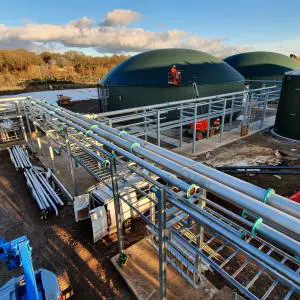
Re-Gas Energy Ltd Design & Plant Expansion
Re-Gas Energy Ltd operate an energy crop and food waste anaerobic digestion facility near Basingstoke. Marches Biogas…
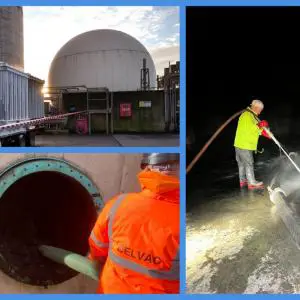
Afan WwTW, Digester Degrit and Tank Inspection
Dŵr Cymru Welsh Water (DCWW) engaged Marches Biogas to manage the decommissioning, pump down, grit removal, tank inspection…
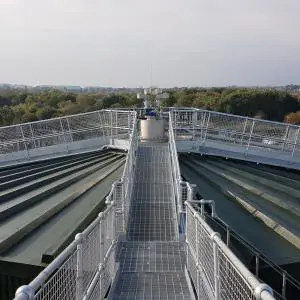
Eign WWTW Digester Refurbishment
In January 2016, as part of a routine inspection one of the digester tanks at Eign WWTW was found to have damage to the …
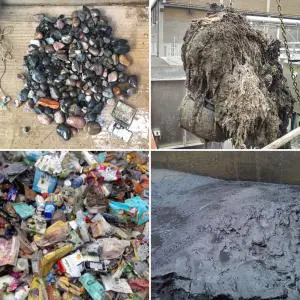
AD Tank Contamination Test & Analysis
The research team at Marches Biogas have recently developed a new method for sampling and analysing the contamination levels…
